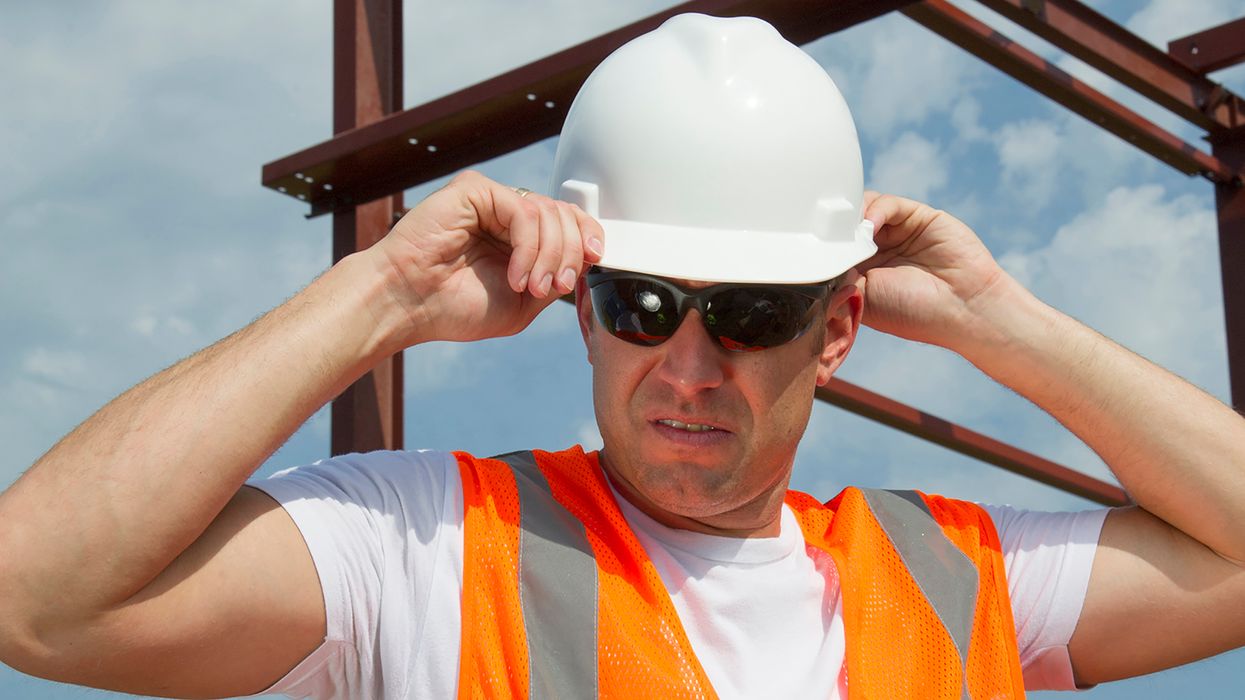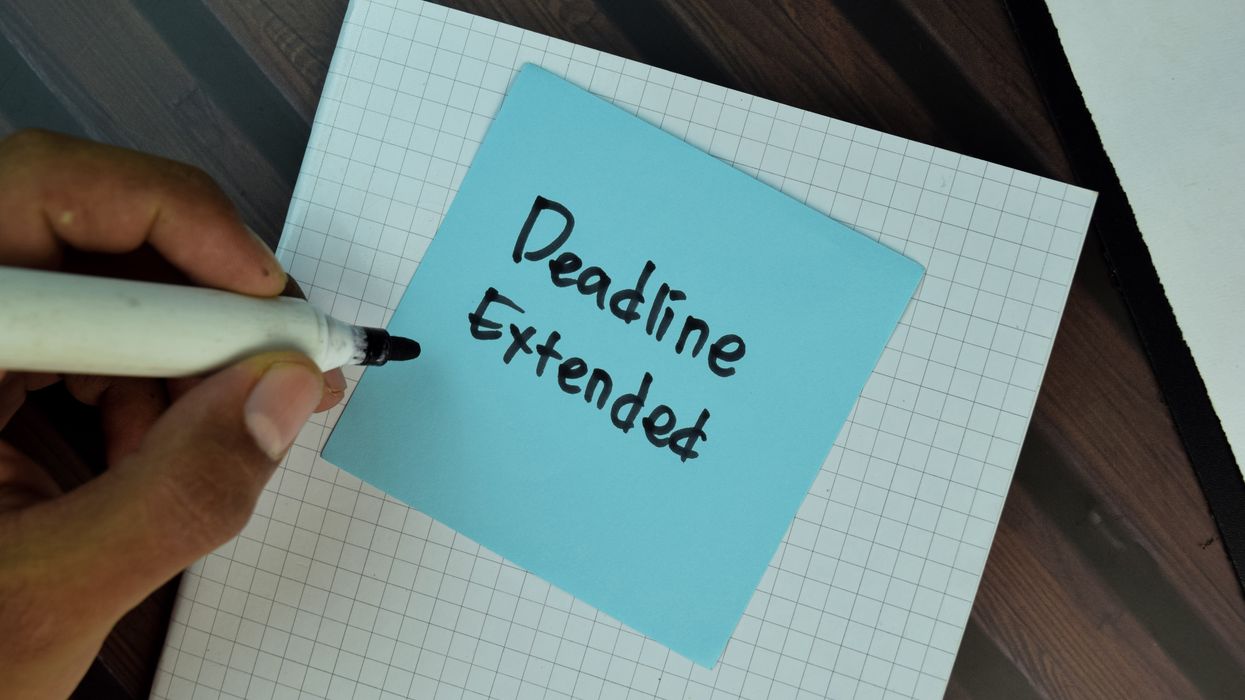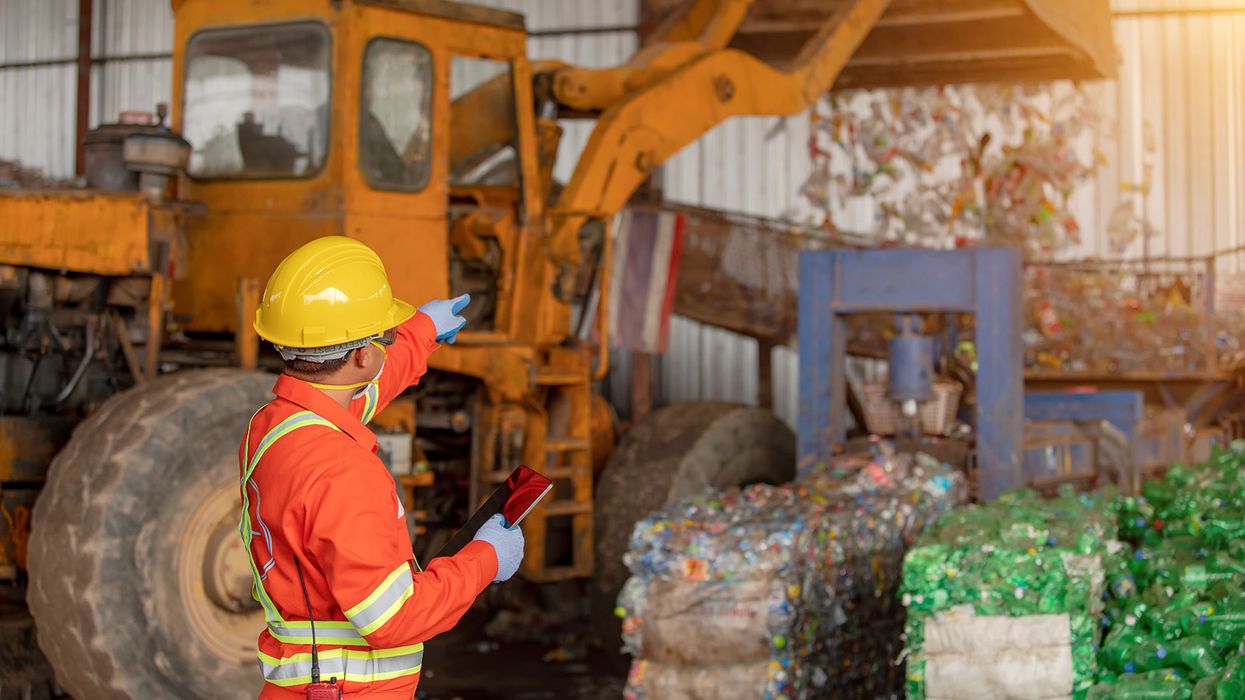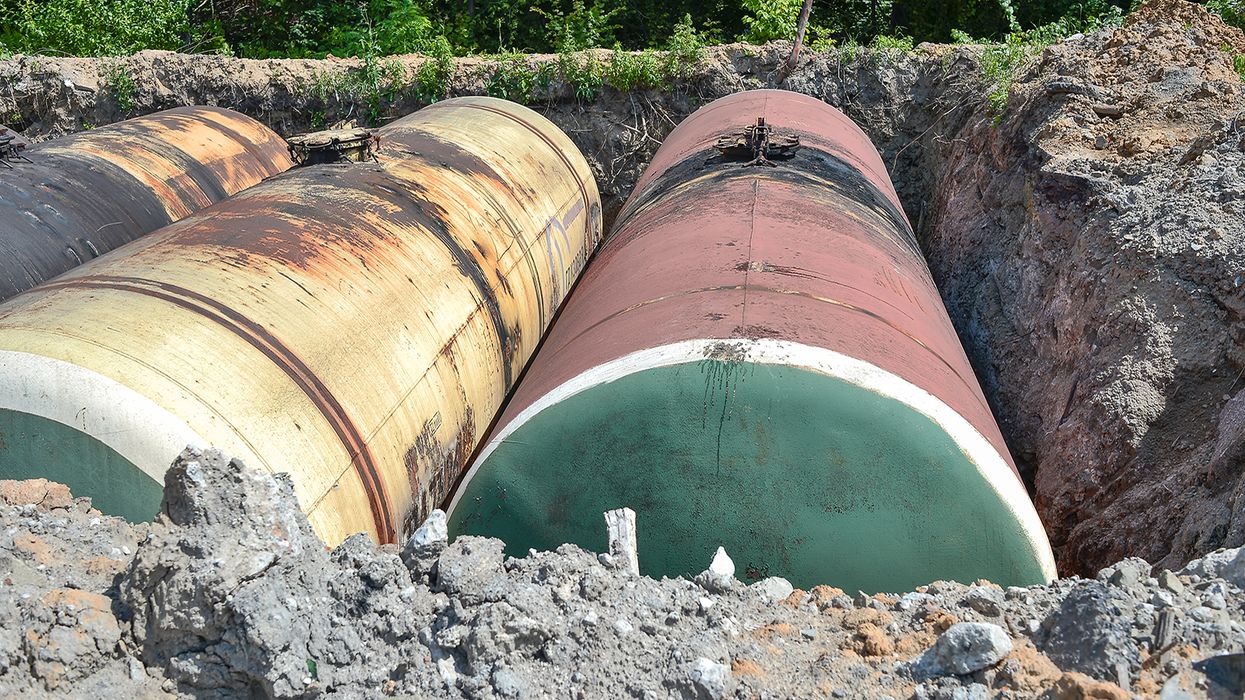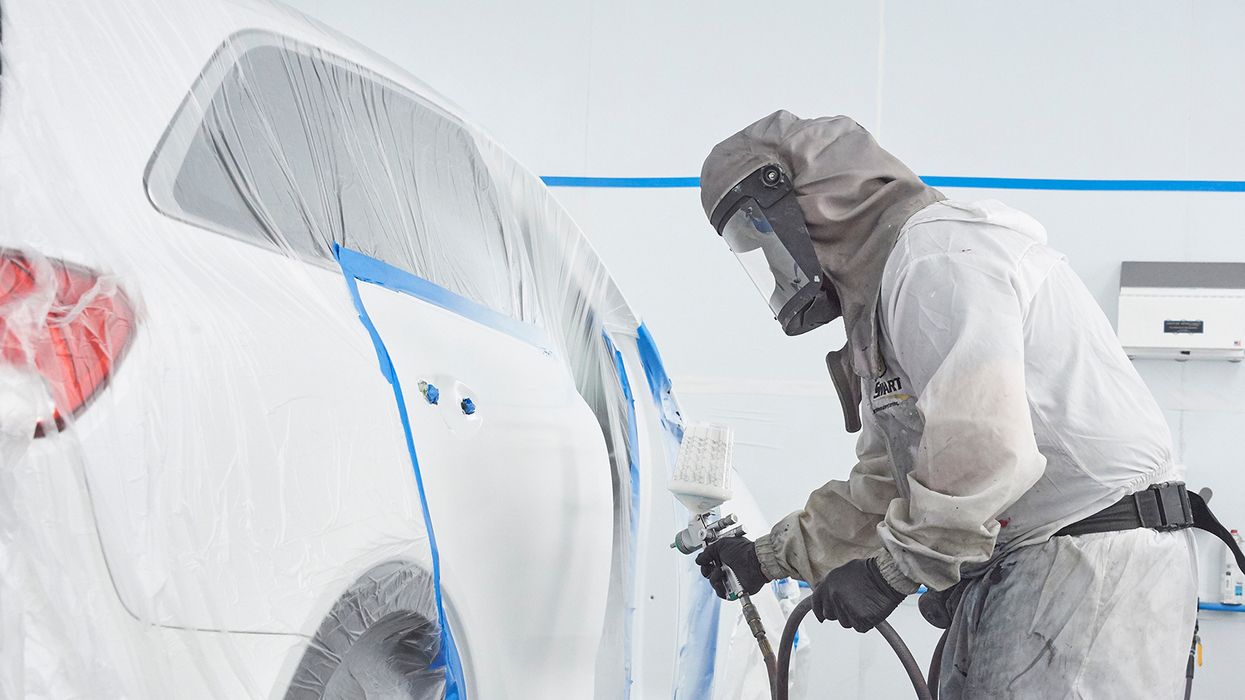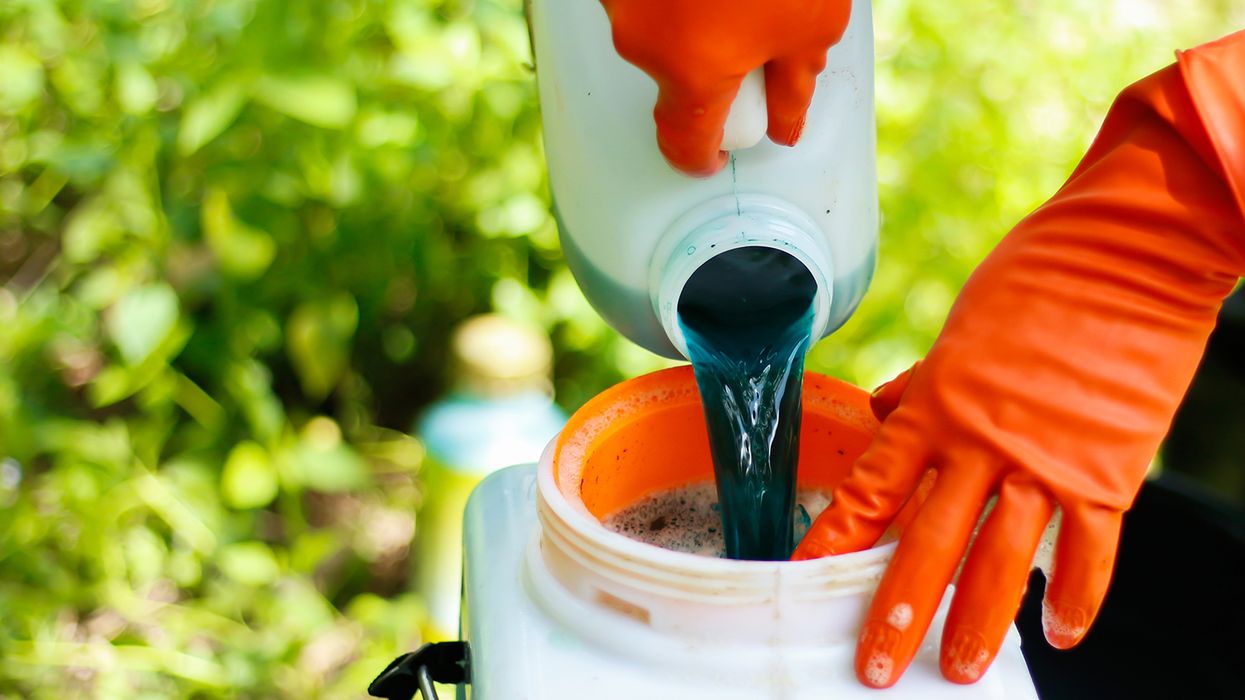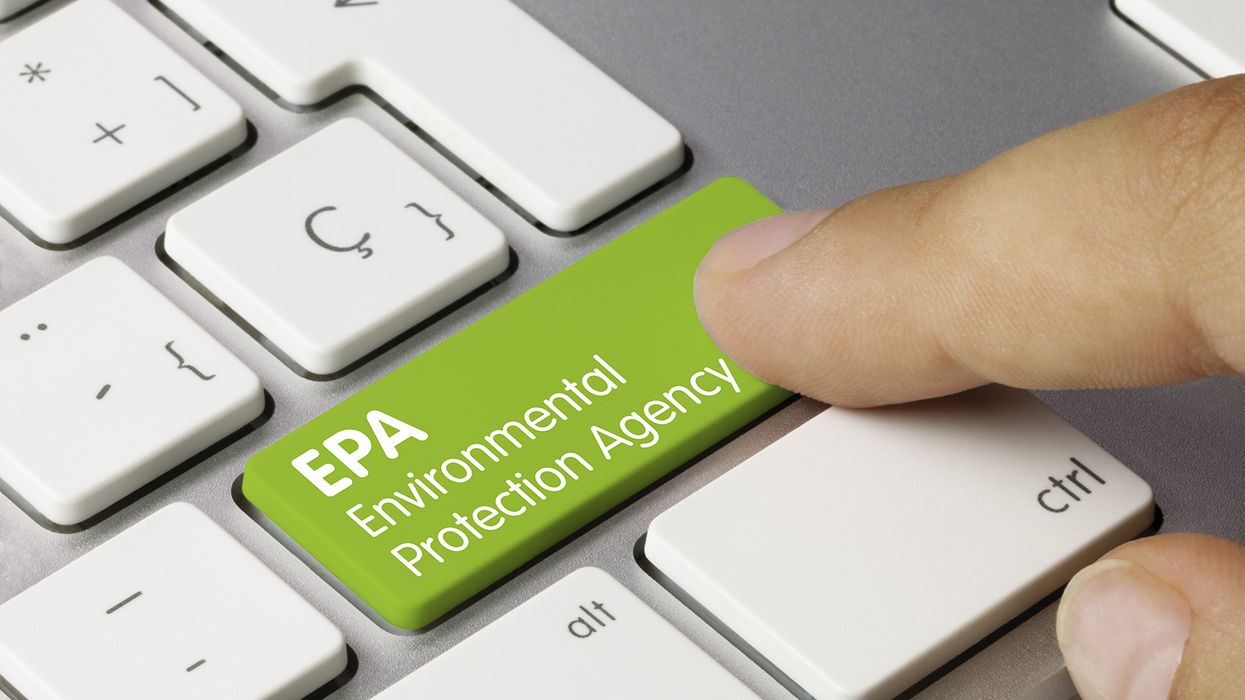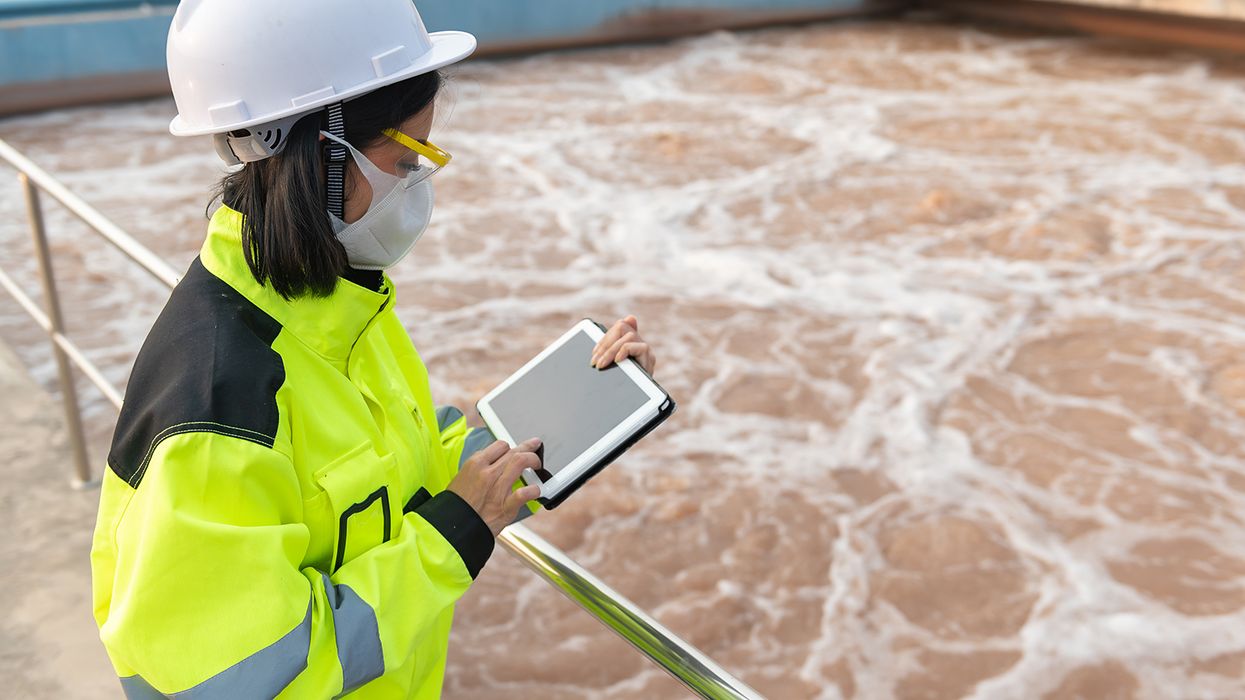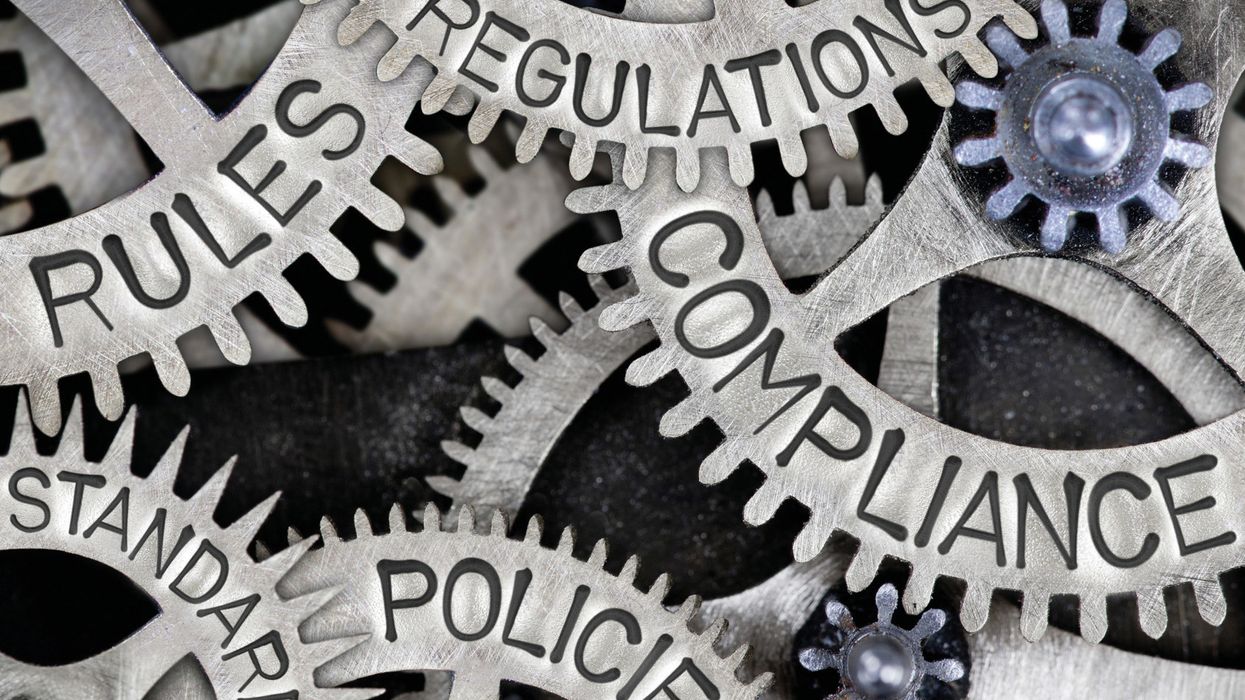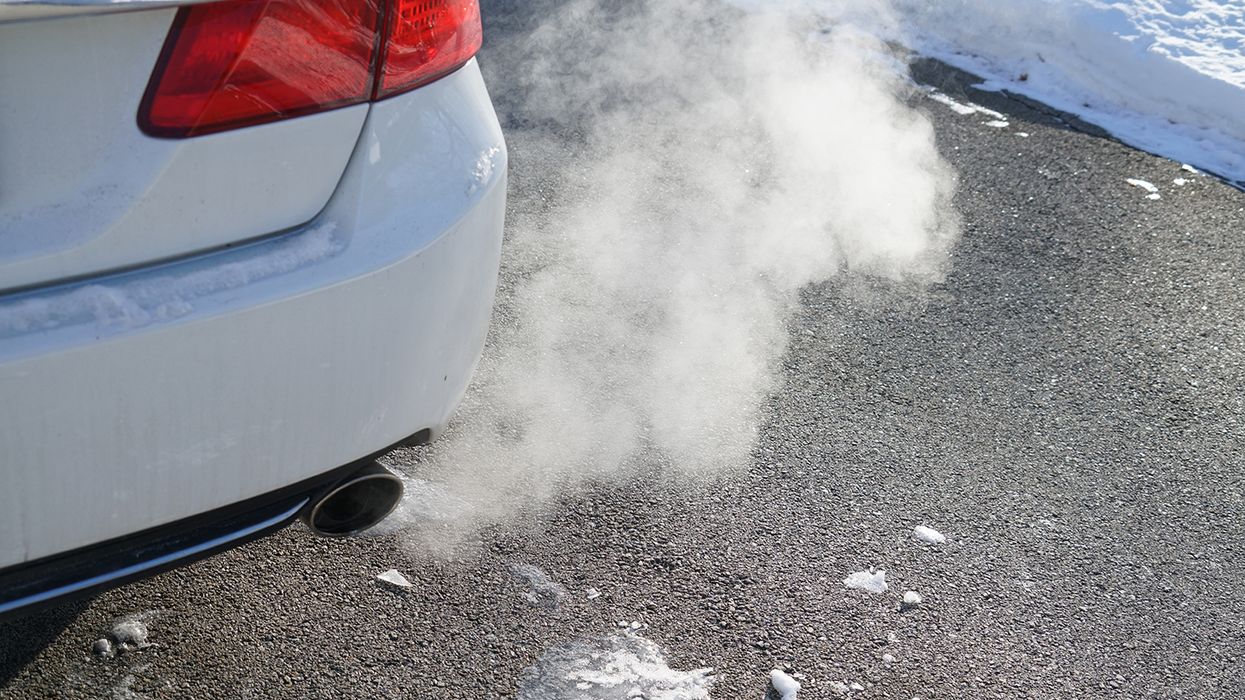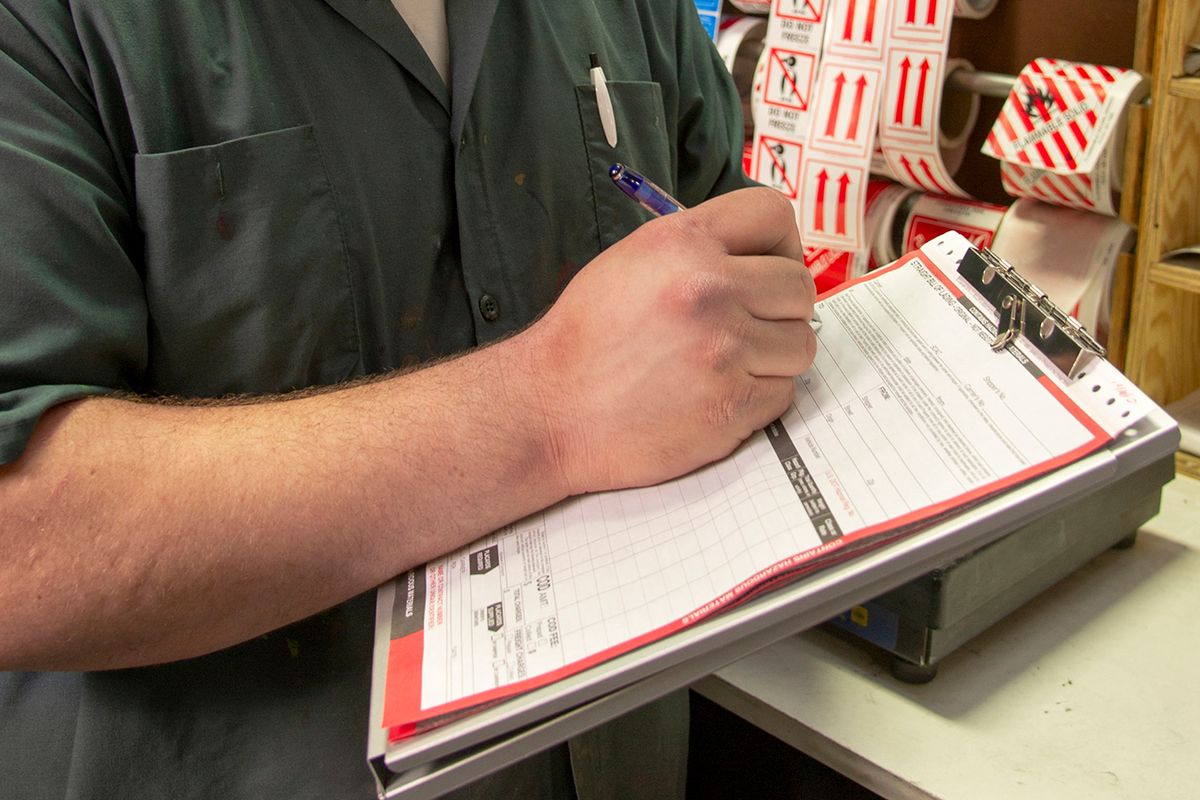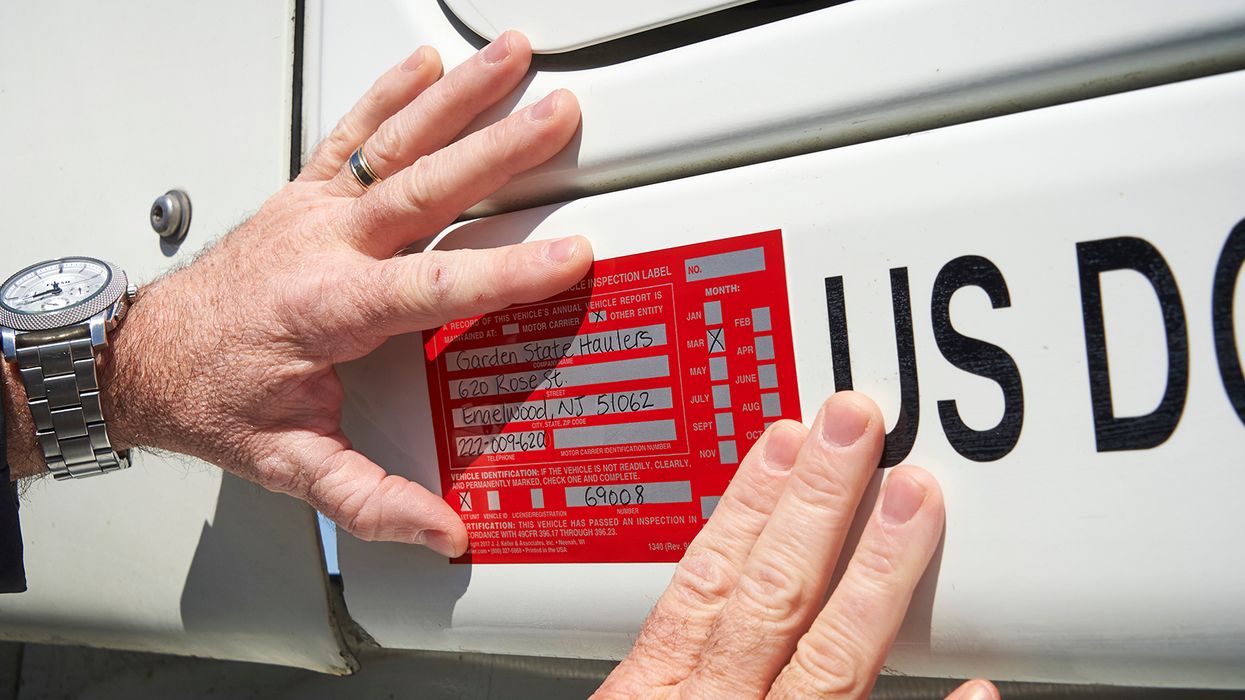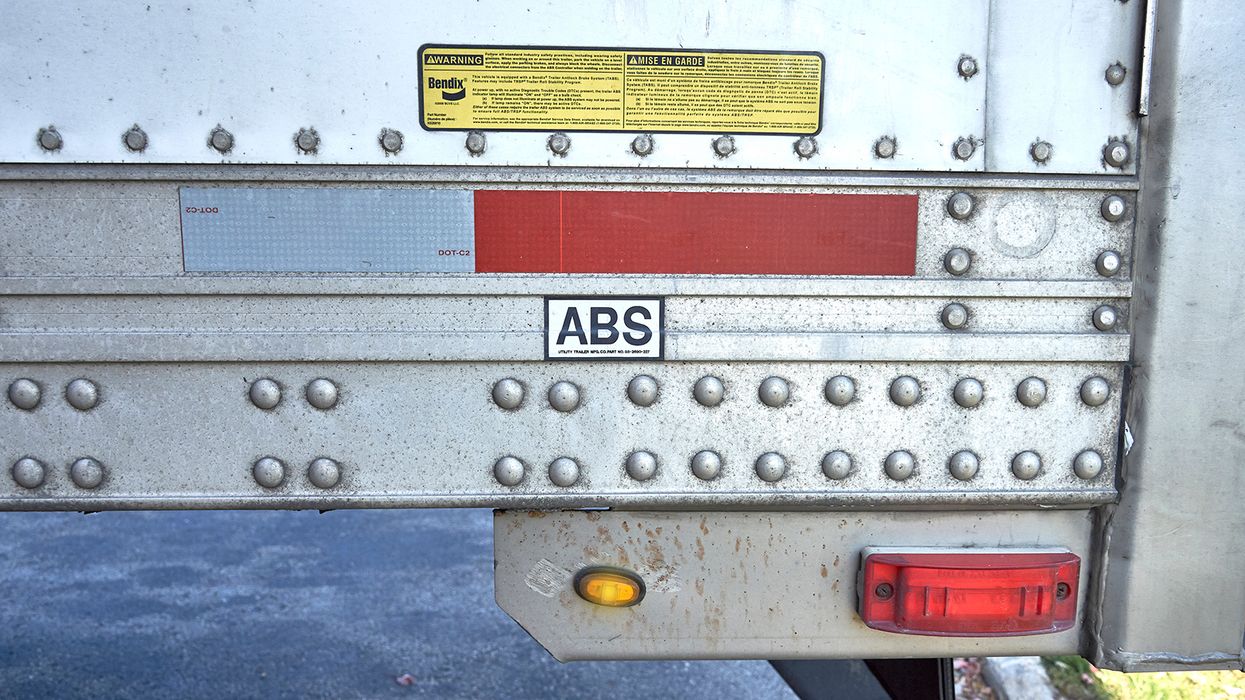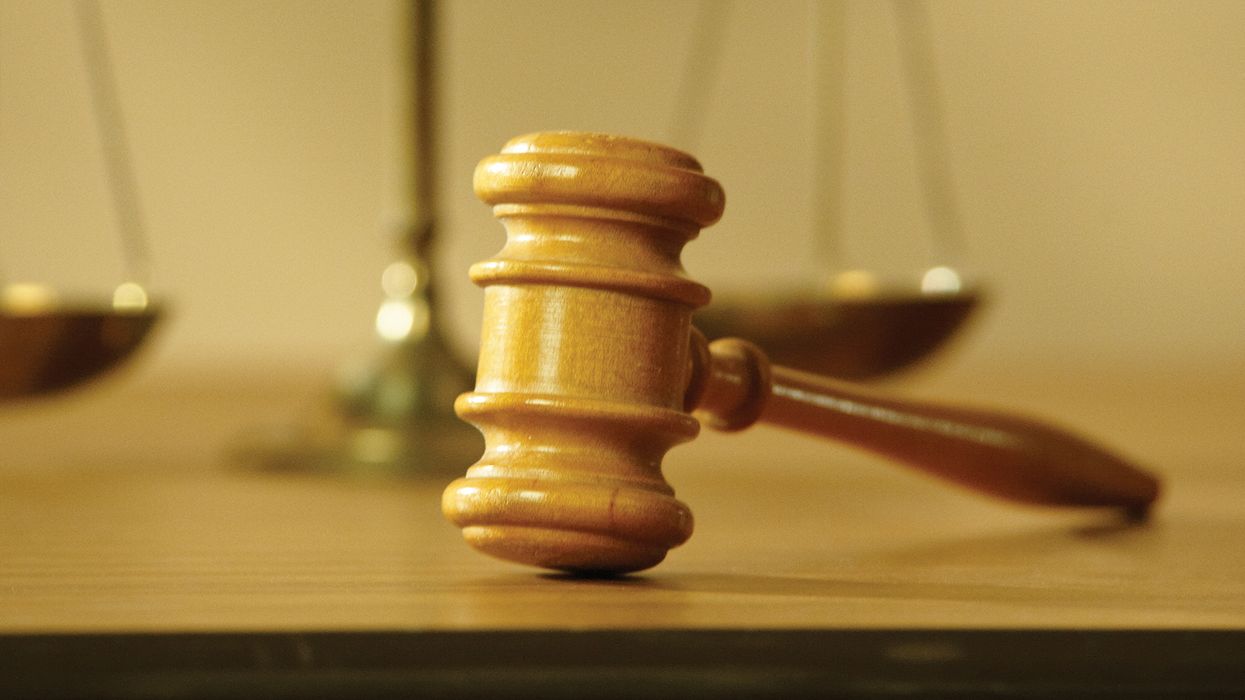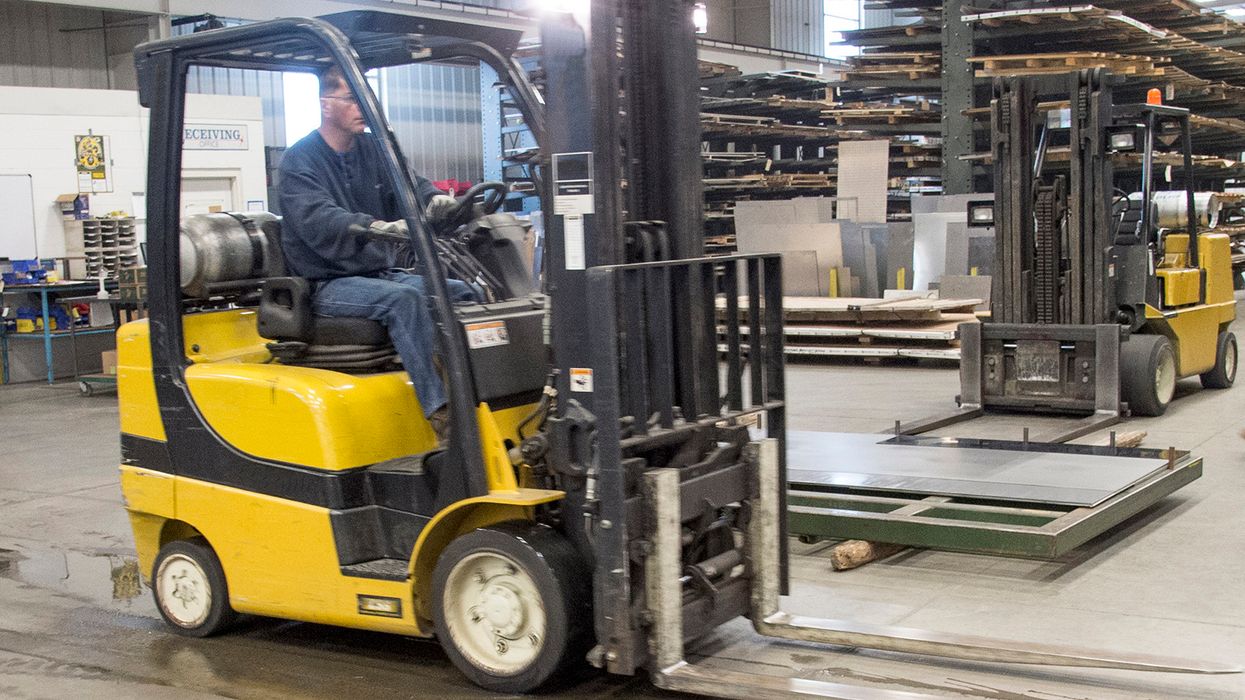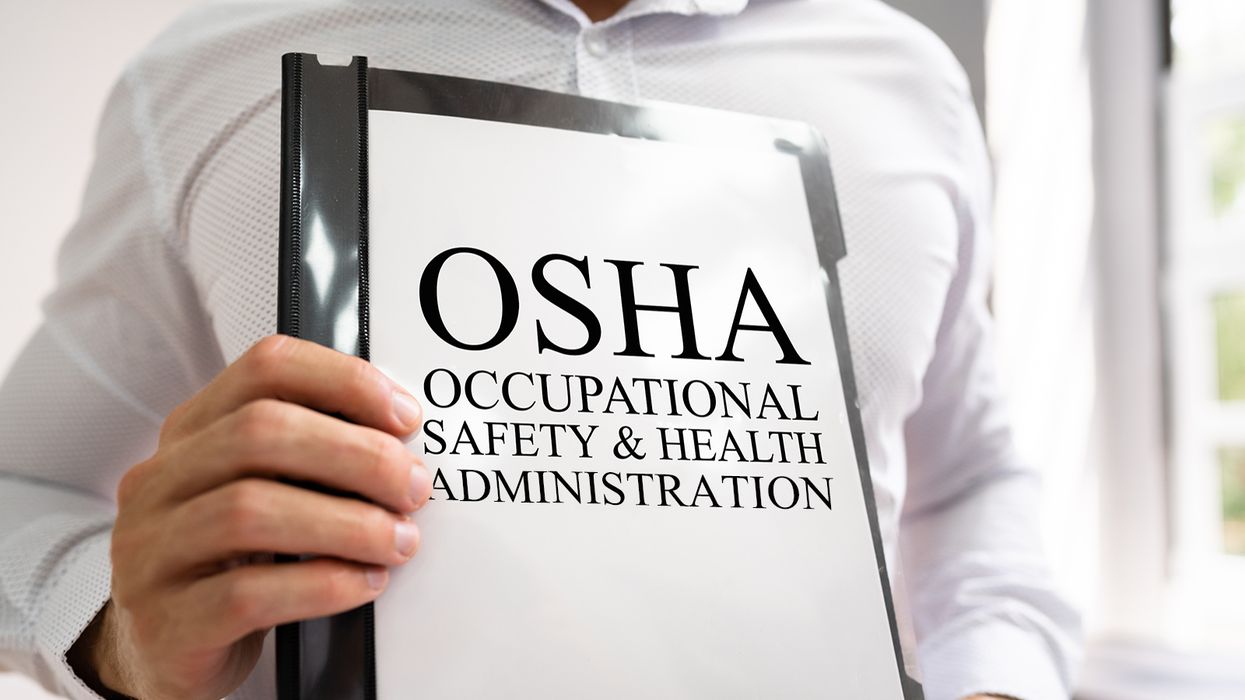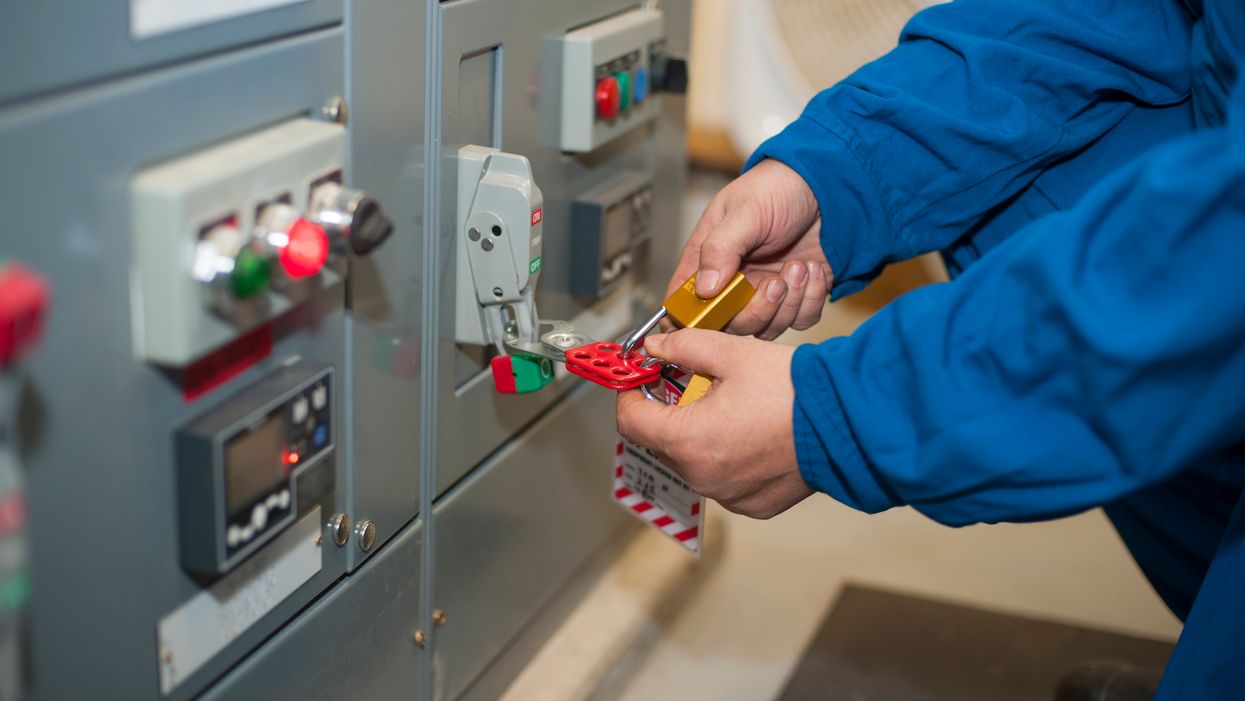Selecting and using the proper head protection
You may be exposed to the hazards of falling objects at work and need to protect yourself from the risk of head injuries. Construction workers, tree trimmers, loggers, electrical utility workers, shipbuilders, miners, and petroleum/chemical workers are almost always required to wear protective headgear.
Types and Classes of Protective Headgear
According to the American National Standards Institute (ANSI) standard Z89.1-1969, there are two types of helmets and three classes of protective headgear: • Type 1 - full brim, at least 1.25 in. wide.
- Type 2 - no brim but may include a peak extending forward from the crown.
- Class A - General service with limited voltage protection.
- Class B - Utility service with high voltage protection.
- Class C - Special service with no voltage protection.
In 1997, ANSI revised its standard (ANSI Z89.1-1997) which made revisions to the types and classes of hard hats. If you purchase new hard hats, you may find these revised classifications: • Type 1 - intended to reduce the force of impact resulting from a blow only to the top of the head.
- Type 2 - intended to reduce the force of impact resulting from a blow which may be received off center or to the top of the head.
- Class G - (General) low voltage protection.
- Class E - (Electrical) high voltage protection.
- Class C - (Conductive) no voltage protection.
Helmet Requirements
The Occupational Safety and Health Administration (OSHA) requires helmets to meet the ANSI Standard Z89.1. It is also required that manufacturers test helmets for impact attenuation and penetration resistance. The shell of a helmet is designed to withstand a 40-foot-pound impact to the top of the helmet.
Maintaining Protective Gear
Headgear should be inspected everyday. Here are some suggestions on maintaining your headgear:
- Check your helmet for cracks (even hairline cracks), dents, and wear every time it is worn - Cracks and dents can reduce the degree of safety a helmet provides. Exposure to temperature extremes, sunlight, or chemicals can shorten the life of thermoplastic helmets. Discard helmets that are cracked, or look chalky or dull.
- Wash your helmet (especially the sweatbands and cradles) monthly in warm, soapy water and rinse thoroughly - You may need to use a solvent to remove tar, paint, oil, or other materials. However, some solvents can damage the shell, so consult the helmet manufacturer to find out what solvents should be used. Replace worn sweatbands, if needed.
- Avoid painting your helmet - Paint contains solvents that may reduce the dielectric properties or affect the actual shell.
- Pay special attention to the condition of the suspension system - This is important because it helps absorb the shock of a blow. Look for torn cradle straps, broken sewing lines, loose rivets, defective lugs, and other defects.
Safety helmets do not provide complete head protection from side, rear, and severe impact blows. Prevent objects from falling by inspecting the work area for items that have been placed where they could fall, and move them to a safer location.

